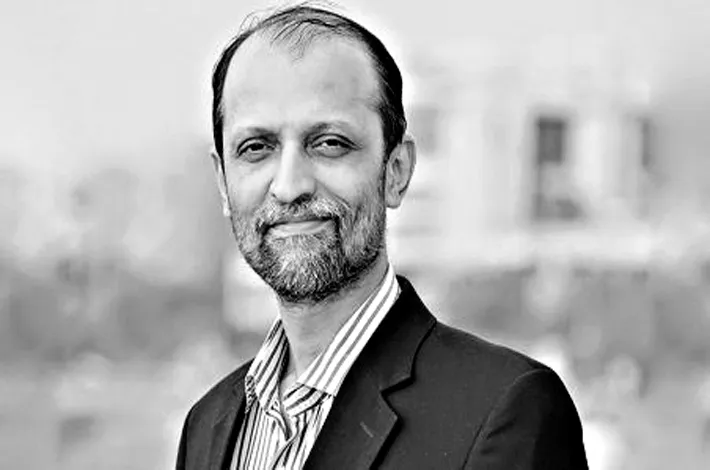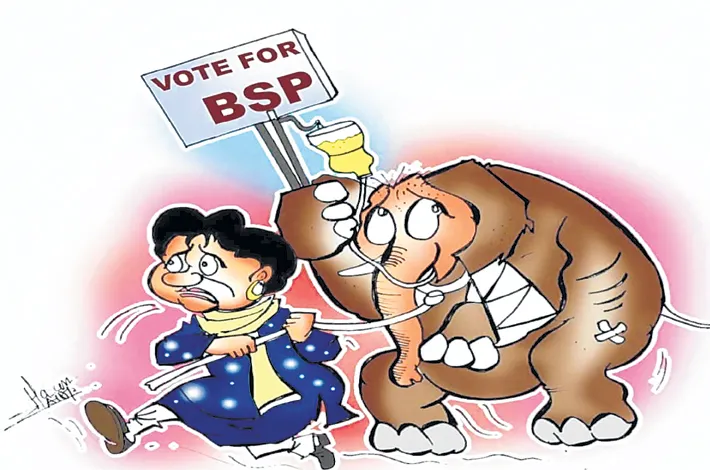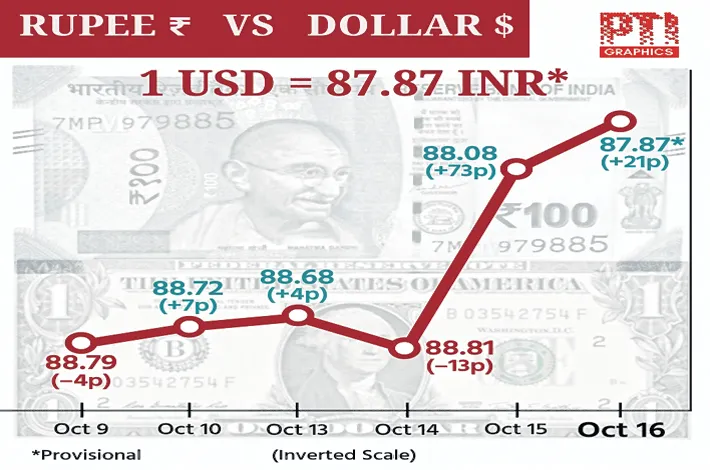The economic and human toll of neglected mental health
16-10-2025 12:00:00 AM

The SC has issued guidelines mandating mental health policies and counsellors in all edu institutions. These should be implemented
Every morning, lakhs of IT workers put on their work faces—logging into video calls, answering emails, or rushing through commutes. Outwardly, everything looks fine: smiles, small talk, and productivity dashboards. But behind those screens and smiles, an invisible struggle brews. Anxiety, fatigue, sleeplessness, and a creeping sense of helplessness. These are the signs of a silent epidemic that rarely gets the attention it deserves. This is India’s “hidden crisis”, a public-health challenge quietly eroding our productivity, creativity, and social fabric, and the World Mental Health Day (Oct 10) is an urgent reminder of this crisis.
According to the World Health Organisation, neglecting mental health could cost India over $1 trillion in lost economic output over a decade. That figure isn’t just about hospitals or medication; it represents absenteeism, reduced innovation, and the quiet burnout that drains motivation from classrooms, startups, and boardrooms alike. When a young software engineer in Pune jumps from his office terrace, or a bank executive ends his life due to unbearable stress, it’s not just a personal tragedy; it is also an institutional failure. These are symptoms of a deeper malaise: the neglect of mental wellbeing as a core economic and public health issue, not just a private one.
India’s suicide rate was 9.9 per lakh in 2017 and rose to 12.4 in 2022, according to the NCRB. Student suicides alone have jumped 65 per cent in a decade. Behind those numbers are academic pressure, job anxiety, and social isolation.
A multi-city study in 2024 found that seven out of ten college students report moderate-to-severe anxiety, and six out of ten show symptoms of depression. Yet, most never seek help, either because they can’t afford it or because of the stigma that still shadows mental illness. As noted by scholar Istikhar Ali and others, mental distress is often viewed as a moral weakness or spiritual failure, not as a legitimate health condition.
The advice given in families is just to be strong or pray to the Almighty. This silence and shame cuts across religions and castes and is aided by patriarchy. Families hide illnesses out of shame. Mental health is deeply tied to the economy’s performance. A depressed worker is less productive; a burnt-out entrepreneur invests less creatively; a stressed student performs poorly and joins the workforce already demotivated. Research shows that every Re 1 invested in mental-health care and counselling yields up to Rs 4 in productivity gains.
Conversely, neglect compounds inequality. Rural Indians, who already face limited access to hospitals, are the worst affected. India has only 0.75 psychiatrists per 100,000 people, far below the WHO’s benchmark of 3. Over 63 per cent of Indians live in rural areas, but most mental-health professionals work in metros. There is an admirable tele-counselling initiative, but poor digital connectivity and a lack of trained professionals have limited its reach. Further, the Mental Healthcare Act (2017) was hailed as a landmark law, reframing mental health as a right and not a privilege.
It guaranteed access, dignity, and insurance coverage. Yet, eight years later, the reality is disappointing. India’s budgetary spend on mental health is woefully short of global benchmarks. Many insurers still cap mental-health claims below physical-health ones—despite legal mandates. Mental Health Review Boards are absent or inactive in many states. Community health workers are overwhelmed and rarely trained in mental health first aid. There is also a rural-urban divide: farmers grappling with debt, women trapped in abusive households, and adolescents with no outlets for expression.
India’s youth, i.e., its demographic dividend, is under immense emotional strain. The pandemic years magnified loneliness, uncertainty, and screen addiction. College students chase impossible expectations. Youth unemployment among college graduates is more than 30 per cent. Many graduates spend years preparing for government exams, their self-worth eroding with each failed attempt. The rise in educated-youth unemployment and the cultural obsession with “success” have together created a fragile generation, outwardly confident but inwardly anxious. A nation aspiring to be the next global growth engine cannot afford to have a mentally exhausted workforce.
Across corporate India, many large firms now run mindfulness sessions and provide Employee Assistance Programmes (EAPs). However, true workplace wellness needs psychological safety, not token yoga classes. Employees must feel free to admit stress without fear of being judged. Paradoxically, we talk more about mental health today than ever before. Hashtags, wellness influencers, and celebrity confessions abound.
Yet, awareness hasn’t translated into accessibility. Also, affordability prevents most people from accessing private therapy. Government hospitals are overcrowded; counsellors in schools are few. In Kerala—considered India’s health model—14 per cent of adults experience mental health disorders at some point, nearly double the national average. If that’s the best-performing state, imagine the rest.
The road ahead needs several actionable items. There are also lessons from global best practices from countries such as Brazil, which has a family cash transfer scheme. This scheme improved nutrition and reduced the mortality of psychiatric patients. In Kenya, the transfers improved mental wellbeing. In India, firstly, the mental health component should be raised to at least 5 per cent of the total public health budget, including counselling services. Secondly, frontline community workers should be trained for basic psychosocial support and suicide prevention.
Even the Kota policy has a suicide prevention cell. Thirdly, mandate insurance companies to cover mental illness. Fourthly, like some other countries, integrate mental health into nutrition and economic security welfare schemes. Fifth, while investing in tele-counselling and AI helps, it should not replace human empathy. Sixth, there must be an active effort to destigmatise mental illness, especially through school curricula.
The Supreme Court has recently issued guidelines mandating mental health policies and counsellors in all educational institutions. These should be implemented. Ignoring mental health isn’t just cruel; it’s costly. The loss of creativity, productivity, and hope can cripple a society faster than any fiscal deficit. As a nation investing in digital infrastructure and green energy, we must also invest in the mental energy of our people.








